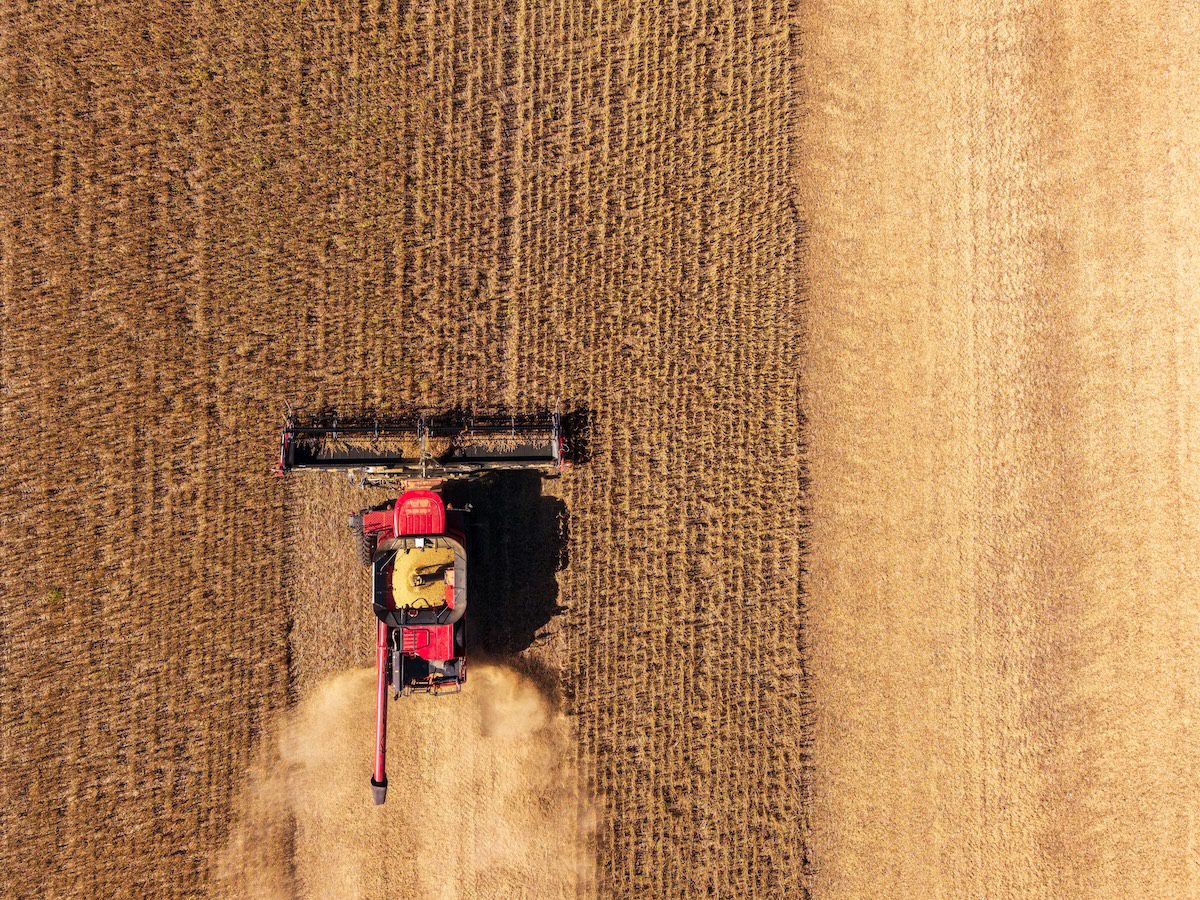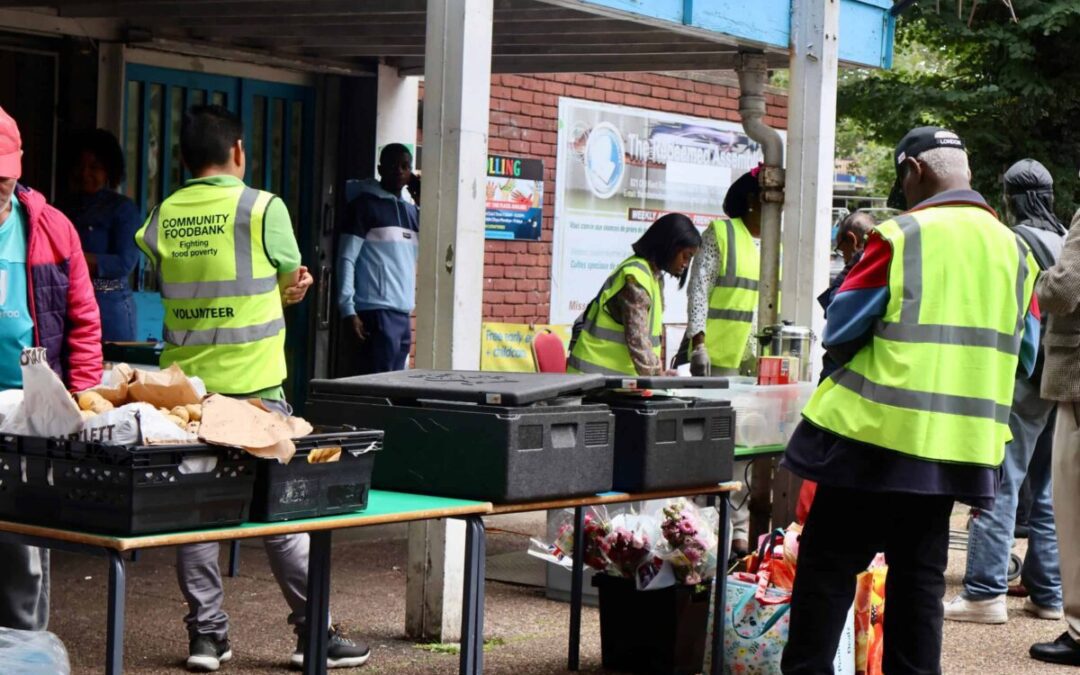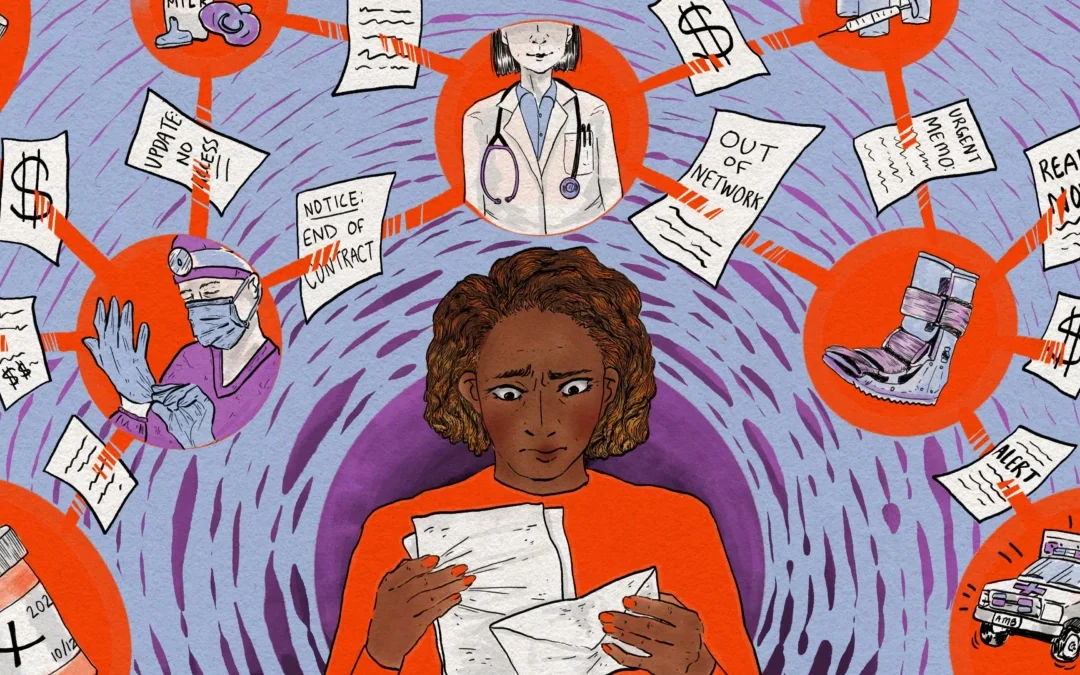
David Weaver harvests soybeans from a field near Rippey, Sept. 25, 2025. (Zach Boyden-Holmes/The Register via Reuters Connect)
President Donald Trump is expected to announce soon that his administration will send billions of dollars in assistance to farmers.
As Iowa and other Midwestern farmers harvest what could be a record crop, Lance Lillibridge is feeling anything but confident about the future.
Lillibridge, who grows corn near northeast Iowa’s Oelwein and runs a cow-calf operation, sees a coming “financial train wreck” for U.S. growers, potentially on par with the 1980s Farm Crisis that drove hundreds of Iowans into bankruptcy and slashed 110,000 jobs at its height.
“It’s disheartening for a lot of farmers,” he said, “We’ve got a good crop out here. But not a lot of money will be made.”
U.S. farm income tumbled nearly 50% from 1981 to 1983, U.S. Department of Agriculture data shows. Just as then, today’s farmers are struggling with low commodity prices and high costs to grow crops.
Farmers received $31 billion in economic and disaster aid earlier this year after a tough 2024. Now, with China reacting to tariffs by boycotting U.S. soybean purchases, President Donald Trump is expected to announce soon that his administration will send another $10 billion to $14 billion in assistance to farmers.
It’s a move that state and national farm groups have urged until the Trump administration can hammer out new deals with China, Mexico, Canada and other big trade partners.
“I think it’s needed, but I don’t like it,” said David Weaver, who farms near Odgen in central Iowa.
Weaver and other farmers would rather see open markets and fair trade than government assistance. That’s “the long-term fix,” said Ken Hartman, a southwest Illinois farmer who stepped down this month as president of the National Corn Growers Association board. “But we don’t want to see farmers go broke either.”
Since 2022, corn prices in Iowa have tumbled about 50% and soybeans, 40%. At the same time, production costs have climbed and are projected to hit a record high this year, the American Farm Bureau Federation said in a report this week.
The Iowa Soybean Association says farmers could lose up to $1.5 billion this year because of the ongoing trade war, about a quarter of the $5.8 billion soybean growers expect in revenue this year.
WATCH: Iowa farmers suffer from Trump’s tariffs – Amie Rivers on CNN
Last month, a survey of about 1,000 farmers showed 80% believe the U.S. is or may be on the brink of another farm crisis.
“That’s an alarm worth considering,” said Krista Swanson, the National Corn Growers Association economist.
Lillibridge said he sees it. Some Iowa farmers are being forced into bankruptcy. And he named an eastern Iowa farmer he believes took his life as a result — something that was all too common in the ’80s. “People don’t understand how serious this is,” he said.
U.S. trade strategy a ‘bitter pill for agriculture,’ Iowa soybean leader says
Aaron Lehman, the Iowa Farmers Union board president, said many Iowa farmers will be having difficult conversations with their lenders this year. “Farmers are feeling a lot of stress,” said Lehman, who farms in Polk County.
The payments Congress sent farmers earlier this year weren’t tiny but they weren’t big enough to offset the steep drop in income over the past three years, said Michael Langemeier, a Purdue University agricultural economist.
U.S. farm income fell 30% from a record high in 2022 to $127 billion in 2024. This year, farm income is expected to climb nearly 41%, but that’s mostly due to direct government payments and strong livestock prices, primarily record-high cattle prices.
The outlook for corn, soybean, wheat and other row-crop farmers is “pretty dismal,” Langemeier said.
Given average corn and soybean yields, Iowa farmers could lose about $100 an acre, data show. Corn, trading around $3.75 a bushel in Iowa, the largest corn-producing state, is about 50 cents per bushel below break-even, based on Iowa State University’s estimated production costs. Iowa is the second-largest producer after Illinois of soybeans, which at $9.40 a bushel are going for about $1.75 less than what they cost to grow, data shows.
Typically, China would have purchased 300 million to 400 million bushels of U.S. soybeans by this time of the marketing year, which began Sept. 1, said Chad Hart, an ISU agricultural economist. “Right now, the official number is zero,” he said.
Instead, China, which buys about 60% of the global supply of soybeans, has reacted to Trump’s steep tariffs by turning to South America, where Brazil and Argentina flank the No. 2 U.S. as the Nos. 1 and 3 soybean producers worldwide, respectively.
U.S. “trade flow to China has stopped,” Hart said. “When your largest customer is basically sitting on the sidelines, that’s troubling.”
Tom Adam, the Iowa Soybean Association’s board president, called the administration’s trade strategy “a bitter pill for agriculture.” The southeast Iowa farmer urged the president to reach a deal that “immediately expedites soybean purchases.”
“We can’t afford to let uncertainty and political maneuvering erode the markets farmers have spent decades cultivating,” Adam said in a statement. “The crop is here. The quality is proven. The demand exists.
“What’s missing is the resolve to reconnect America’s farmers with a world of buyers who want to purchase our soybeans,” he said.
Prices for inputs vs. sales ‘ridiculous’
While low prices are a concern, the larger worry is high production costs, say Midwestern farmers.
Some say they’re delaying or planning to scale back purchases of nitrogen, potash and other fertilizers, given skyrocketing prices.
“If you think prices will be cheaper in the spring, you’ll wait,” said Doug Fuller, who farms near Cambridge in central Iowa. “But suppliers have a way of getting what they want.”
Prices for phosphorus fertilizers are 50% higher than the 10-year average ending in 2021, and some nitrogen products are at least 40% higher, according to the National Corn Growers Association.
Langemeier, the Purdue economist, said farmers’ production costs climbed during the global COVID-19 pandemic and never retreated. Nationally, the break-even price for corn hit $5 a bushel, “and it never came down,” he said.
Hartman, the recent corn growers association president, said the prices are “ridiculous, given the price of corn. … I think some of our input providers are trying to gouge us.”
Looking at production costs for next year and corn futures prices, “you’re at a loss before you even plant,” Hartman said.
Lillibridge said he hopes the Trump administration will continue the work the Biden administration embarked on, looking at competition-limiting consolidation within the ag industry. He points to the sale of the Iowa Fertilizer plant in southeast Iowa as a prime example.
The project received over $240 million in state and local aid amount, with the promise it would add price-moderating competition. But in late 2023, Koch Inc., already a fertilizer giant, purchased the plant for $3.6 billion from OCI Global.
“The integration and consolidation in our industry has been nothing but hurtful,” Lillibridge said.
Farmers say they want trade, not aid
One strategy Lillibridge, Hartman and other farmers are pushing is to have Congress pass legislation that would allow year-round access to gas with 15% ethanol, called E15, which usually is on hold during warm months because of smog concerns. It’s a move farmers say would lower consumer prices and use an additional 2.5 billion bushels of corn annually.
E15 can be as much as 30 cents cheaper than gasoline with 10% ethanol, the National Corn Grower Association says.
“To me, that’s a home run” that wouldn’t cost the government any money, said Adam Bierbaum, who farms near Griswold in southwest Iowa.
Bierbaum said, too, he would rather see new deals and increased domestic grain use than government assistance. But he said he understands aid may be needed if the trade war lingers.
During Trump’s first term, taxpayers sent farmers $23 billion in aid to offset trade war losses.
Purdue’s Langemeier said government payments are important to supporting land values. “We haven’t seen very much weakness in land values, but the longer these net-returns stay low, the more worried we get,” he said.
Declining farmland values weaken producers’ balance sheets, making it “more difficult for producers to borrow money … and to pay their bills,” Langemeier said. “It’s a source of collateral.”
So far, Iowa land values have only softened, dropping 2.2% over the past year, according to a REALTORS Land Institute’s Iowa Chapter report last month.
A runup in farm income and land values in the 1970s, followed by contraction in the 1980s helped spark the Farm Crisis. Inflation prompted the Federal Reserve to raise interest rates, pushing over 18% for some farmers, who were no longer able to service their debt.
U.S. Sen. Chuck Grassley, an Iowa Republican, has also likened this farm downturn to the 1980s crisis. “That didn’t happen overnight,” he said Monday on the Senate floor. “It kind of crept up on us very slowly. We don’t want to let that happen again.”
But ISU’s Hart said that at least so far, he doesn’t see a repeat of the Farm Crisis.
“The problems we have now are with liquidity. Cash flows don’t look good,” he said. “The problems we had in the ’80s were with solvency. We didn’t have the asset value” to support debt.
The Farm Crisis remains one of the worst recessions in Iowa’s history, with the unemployment rate climbing over 9%. Companies like John Deere laid off thousands of workers.
Experts say lenders learned their lessons from the 1980s, requiring farmland buyers to provide hefty down payments. Interest rates, though up from pre-pandemic lows, are less now than four decades ago and the federal government has been more willing to provide aid.
“I don’t want to minimize the downturn for those having severe financial problems or who are considering bankruptcy,” Hart said. But “I think it’s too early for comparisons the ’80s.”
Donnelle Eller covers agriculture, the environment and energy for the Register. Reach her at [email protected].
This article originally appeared on Des Moines Register: Big harvest no comfort to Iowa farmers, who worry about another Farm Crisis
Reporting by Donnelle Eller, Des Moines Register / Des Moines Register
USA TODAY Network via Reuters Connect

Iowa’s Dem. Senate candidates talk economic struggles, healthcare at candidate forum
US Senate hopefuls Nathan Sage, Josh Turek, and Zach Wahls each hope to replace Sen. Joni Ernst, who is not running for a third term. Affordability...

Why health insurance is so expensive this year — and what you can do about it.
Michelle Andrews November 4, 2025 This year’s Obamacare open enrollment period, which started Nov. 1 in most states, is full of uncertainty and...

Thousands of dollars in ground pork donations will provide meals for Iowa families
Thousands of dollars worth of ground pork were donated to local food banks. Here are all the details. As thousands of Iowa families face tough...

Iowa family advocates call for more paid leave
By Mark Moran Iowa working family advocates are calling on lawmakers to expand a measure that provides paid leave for state employees who are...

So your insurance dropped your doctor. Now what?
Bram Sable-Smith and Oona Zenda Illustrations by Oona Zenda October 29, 2025 Last winter, Amber Wingler started getting a series of increasingly...

Thousands of Iowa families face tough choices without SNAP support
SNAP benefits will not be issued starting on November 1. Here’s how that’s impacting Iowans. The widespread effects of the continued government...




